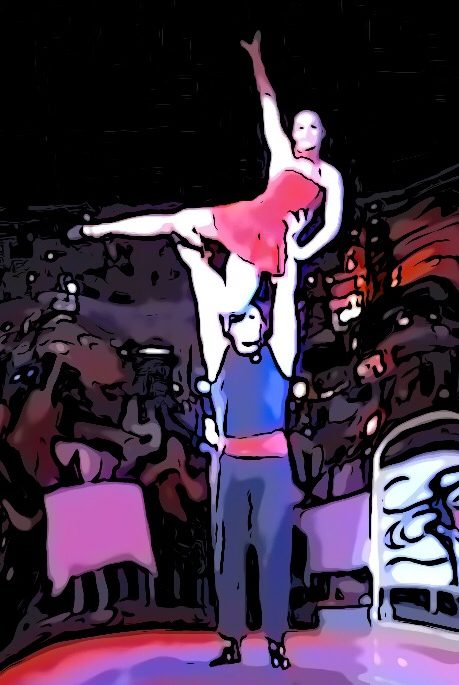The generic term Tango is understood to mean both the dance and the musical genre of tango. … Since the end of the 19th century, Tango has spread in various forms from the Rio de la Plata throughout the world.
In contrast to the well-defined figures of the Ballroom, the Tango Argentino only has a fixed choreography within the stage tango. The “figures” of the Tango Argentino are, strictly speaking, different step elements, twists and techniques that can be combined in any way. As in the earlier days, today’s dancers and dance teachers are constantly trying to develop their dance and to enrich it with new elements, whereby not really the variation of elements, but a good feeling in dancing is important (→ Wikipedia).
For me, it does not have a special appeal to know who invented it (there are also in Wikipedia highly interesting speculations). I find the development of different styles since his invention much more interesting … “The evolution of the tango …“
Of course, the standards of today are not applicable. To clarify this idea, I would like to briefly discuss the evolution of another dance genre, the Ballroom. The international championships impressively reflects the evolution of the Ballroom since 1925. The world’s elite of yesteryear would of course no longer win a flower-pot today, but they were nevertheless the best of their time … “The Evolution of the Ballroom …“
And in a time when the young people are missing the role models, here’s a quote from Sebastian Arce (2017 in Karlsruhe): “In Argentina, the youth adore the old maestros and want to be like them. In Europe, the older try to be like the youthful … how can that be a good way? “
The style that gives me the greatest incentive is, of course, the Tango Acrobático … lifts in Tango appear acrobatically and are particularly impressive when the used power is not recognizable …
The most important thing to me, however, is that the tango evolves in the original sense! Each style is beautiful in its own right and they all have in common the combination of connection and improvisation that makes the Tango Argentino so unique. The Tango is not in vain since September 2009 to the Intangible Cultural Heritage of Humanity by UNESCO. What other international dance can say so?
Deutsch

